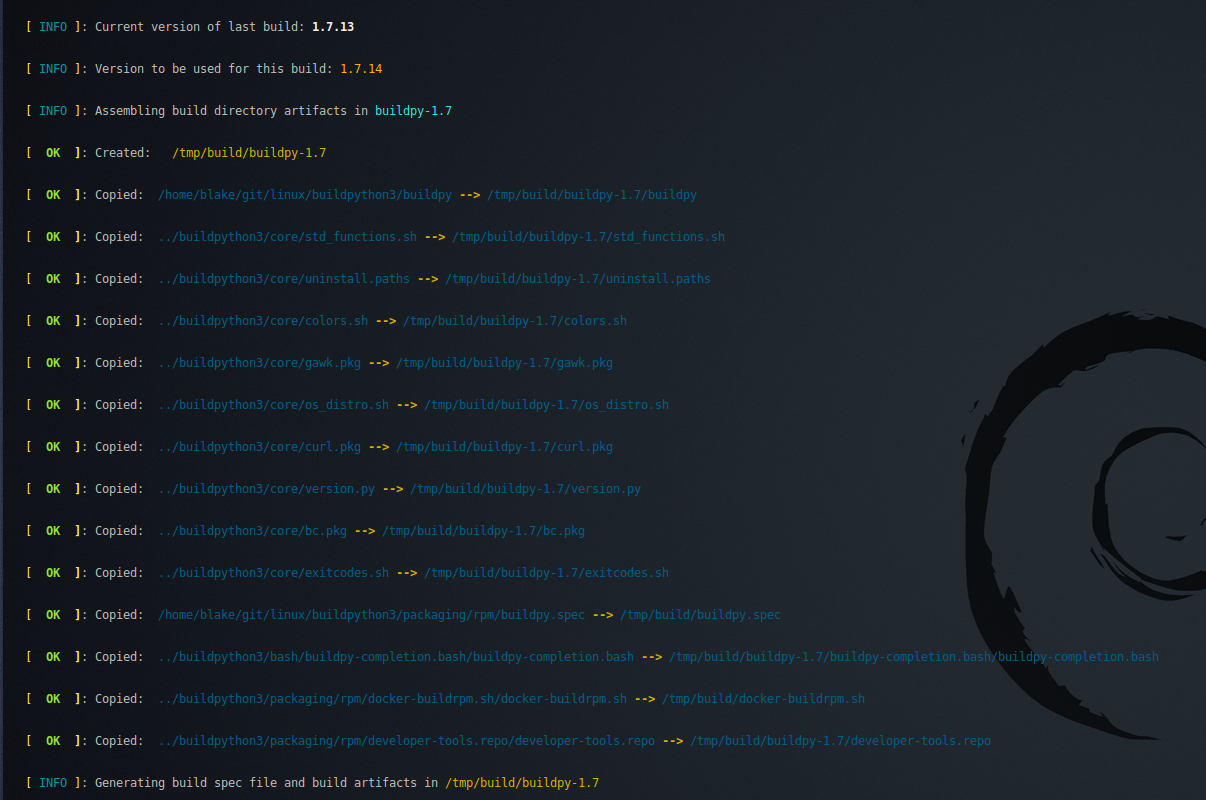Best Of The Best Tips About How To Build A Rpm Package
![[Solved] How do I determine which configuration options 9to5Answer](https://opensource.com/sites/default/files/david-crop.jpg)
To install or upgrade an.rpm package using rpm, issue this command:
How to build a rpm package. Build rpm from source code step 1: Once the packages are installed, we can generate our build environment. Create rpm content archive step 5:
Now you are ready to change the spec file. Spec file to build the rpm. We create the specfile with our favorite text editor, and save it in the specs directory with the.
The specfile if there was one thing that you should know about creating a rpm it’s how to write the spec file. Use metadata to describe packages, their installation instructions, and other package parameters. Type minimal, rpm version >= 4.16.
The process of building an rpm requires knowing how to use a text editor and how to run a few commands to build, sign, and distribute the rpm. Command rpmbuild creates package only for architecture and distribution of your own workstation. Firstly, switch to the build directory like below.
Software to build the package. It can build packages for different architectures and different fedora or rhel versions than the build host has. Make sure everything is in its proper place.
Type minimal, rpm version >= 4.11. Next, we will create a simple.sh file which we will then package and create a rpm of it. Install and validate rpm create rpm package from scratch step 1:
For this guide, we’ll assume you’re using a centos system. Digitally sign your packages by using the gnu privacy guard (gpg) utility. Get the source code you are building the rpm for to build on your system.
Install, reinstall, remove, upgrade and verify packages with standard package management tools, such as yum or packagekit. Get the necessary rpmdevtools utilities by running: Setting up your environment before you can start building your rpm package, you’ll need to set up your development environment.
You will unpack the software yourself without patches. How to create an rpm package step by step instructions install the build dependencies. Below script will simply check if a network interface on a machine exist or not.
Install the rpm development tools by running: Sudo yum install rpmdevtools next, set up your rpm build environment with:. Make a spec file for the package.















